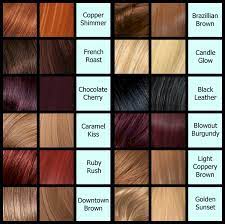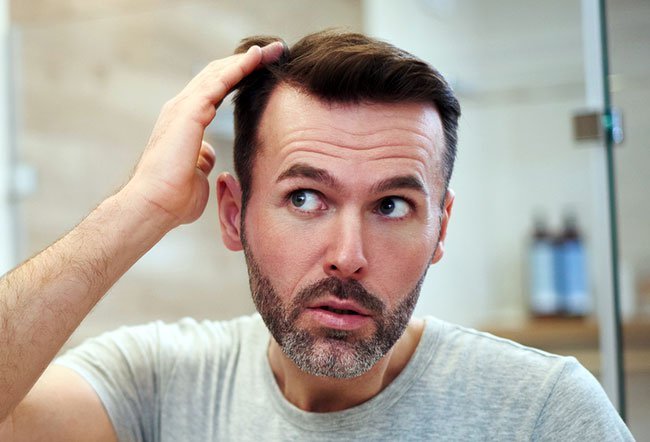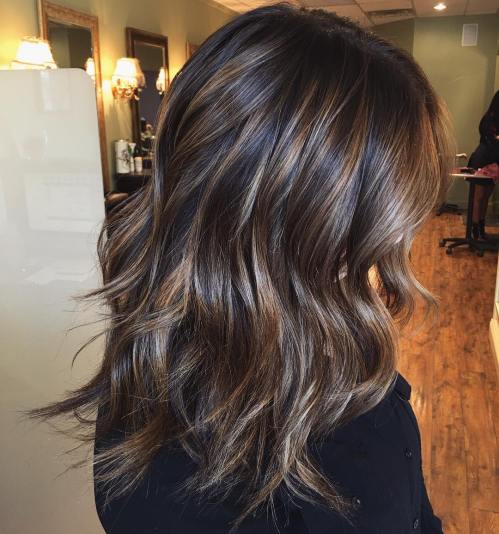
As a newcomer to hair coloring, deciphering those numbers and letters on a color chart can be daunting – however, understanding their significance will ensure you achieve stunning hair color results every time!
Blonde
Finding a beautiful balance in blonde is challenging, even with an expert colorist on board. From dark brunettes looking for light blonde highlights to existing platinum blondes seeking new hues, finding your desired shade, tone, and effect requires careful preparation (perhaps by gathering pictures for inspiration).
For an effortless blonde that requires minimal upkeep, consider going bronde with balayage, baby lights, or partial highlights. These techniques offer less invasive grow-out processes than bleach. And if going the entire balayage route, opt for bond-builder and violet shampoo to maintain bright and healthy hues.
Whenever going blonde at home, make sure that any demi-permanent formulas contain no harmful PPD and resorcinol compounds; instead, they should include beneficial ingredients like aloe vera and chamomile that will nourish and hydrate your locks for maximum shine and softness. Our top pick is an airy mousse that comes in 18 shades for convenient at-home usage with a blend of nourishing oils for silky soft locks!
Brown
The best brown hair colors are highly adaptable, from sun-kissed blondes to luxurious chocolate hues. Whether you want full brunette locks or are opting for natural highlights – there is undoubtedly an ideal shade of brown out there just waiting to be discovered.
When looking at hair dye boxes with numbers and letters combined on them, those symbols indicate a specific tone. The first number indicates the level of the dye while the second indicates its style – this represents which pigments dominate within each shade and thus its overall look.
A red shade with the number 6 refers to its deep red tone while warming tones like blue and purple can be neutralized. For those wanting a more relaxed manner, shades with fives could provide less drastically different styles that blend more naturally together; remember, the key is finding one that complements both your skin and eye color!
Red
Red can vary widely between shades, so if you need help selecting your ideal hue, consult an ICC color chart or ask a hairdresser. It will display the tone number, representing the red in each shade (for instance: 4.62 Garnier = auburn). Furthermore, secondary tones like 0. can help balance green tones or add gold or copper hues.
Brick red is a warmer alternative to the fiery ginger hue, providing a neutral background against which other vibrant hair colors can shine. Perfect for all skin tones and a good starting point for bolder shades, brick red can make a statement when worn as part of an overall change – you may draw more eyes towards you with its high shine finish and noticeable impact! But be prepared for more salon time when maintaining its rich hue – it fades more rapidly than other red shades.
Black
As such a range of black hair color choices are available to us today, choosing one may seem dauntingly complex. To simplify the process and help narrow your options, you must understand the distinction between levels and tones on a hair color box; numbers indicate levels, while tones are by letters.
A shade like “7NCR” with its warm undertone has been designated “neutral copper red.” Garnier Nutrisse provides several examples that follow this definition, such as true red pomegranate and crushed garnet; two-tone colors beginning “T/D” create highlighted looks; while colors starting “M” create natural-looking blends among various shades to form one seamless color that blend naturally together into one cohesive hue.

